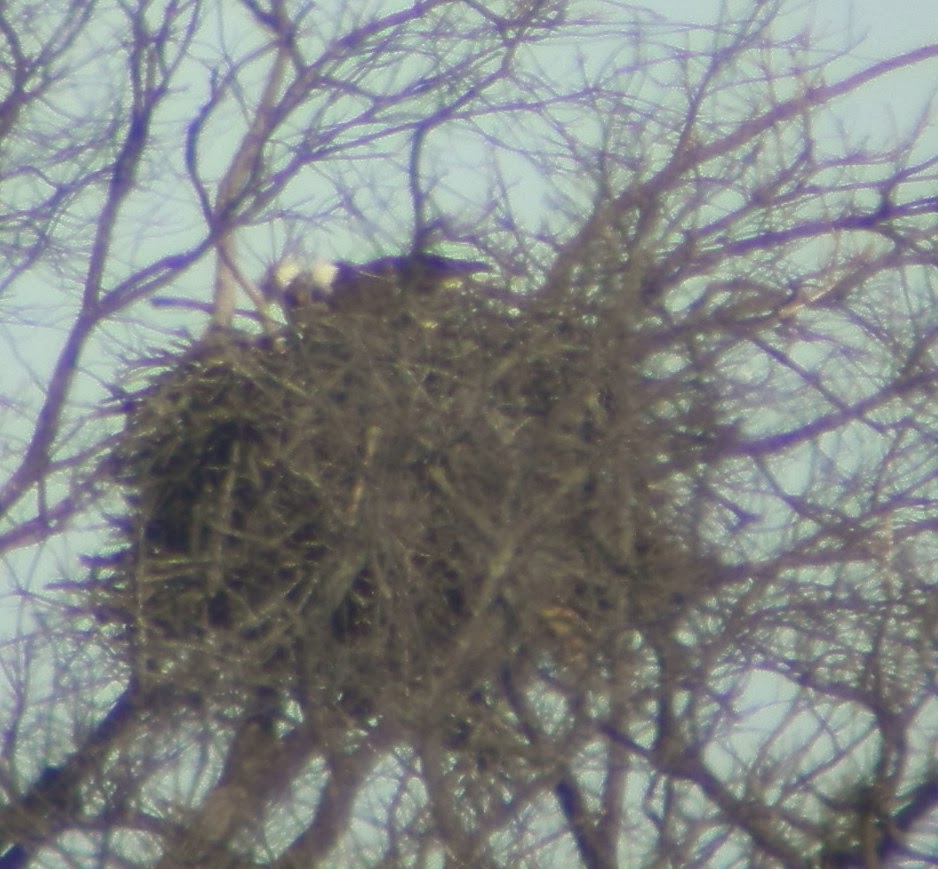Photo courtesy of http://www.palemale.com
Pale Male
Hannah Albrecht, who works not far from Central Park, had a chance encounter with Pale Male on her lunch hour...and as chance would have it, he was having lunch as well.
I had picked up some lunch yesterday, and even with the weather like it is, I decided to walk over to the statue of Hans Christian Anderson. (Near the Model Boat Pond. D.B.) I walked into the park, and down the stairs not a great distance from Pale Male's nest building.
I'd just walked past the path that leads to the Trefoil Bridge when I saw gray feathers sifting down out of a London Plane. I looked up and there HE WAS!! I was so excited I about dropped my coffee.
He was sitting on a thick branch getting his lunch ready to eat. I could not pass this up. I found a place to sit and eat my lunch where I could sit and watch Pale Male have his lunch. We sat and had lunch together.
There are times when New York City is the most captivating place in the world
There is no question that New York City can truly be grand. And part of that at least for some of us, is that there is absolutely no other city in the world where you can have lunch with Pale Male.
Thanks for the sighting, Hannah!
I was gleaning through my photograph folders looking for something earlier today, and ran across the photo below.
I glimpsed this photograph and it all came back.
It was an absolutely gorgeous summer day. One of those days that just couldn't be better. A day in which the sun shown just right. A day not too hot, with a breeze that ruffled the hair from your forehead, and a blue sky decorated with white clouds that drifted...just a little.
I'd closed my eyes for a just a minute and when I opened them, these two pelicans flew through my line of sight and above Sheepskin Pond.
One doesn't always know when things are suddenly going to mesh together as if nothing had ever in your life been out of place. That day was just right and so were the pelicans.
Oh, for a summer's day now, this minute...
Happy Hawking!
D. B.





































